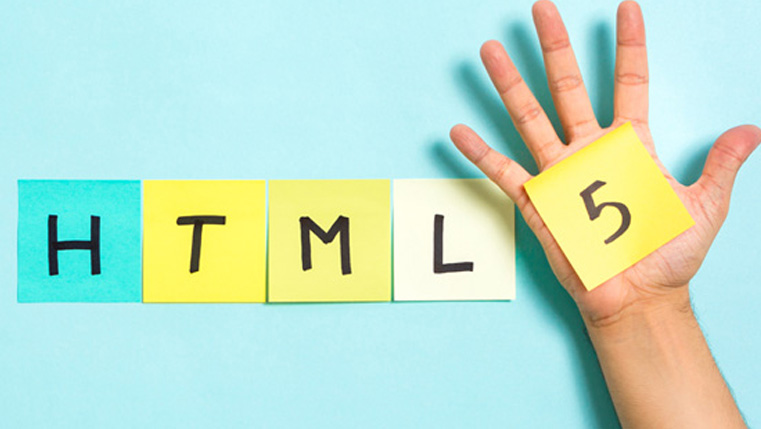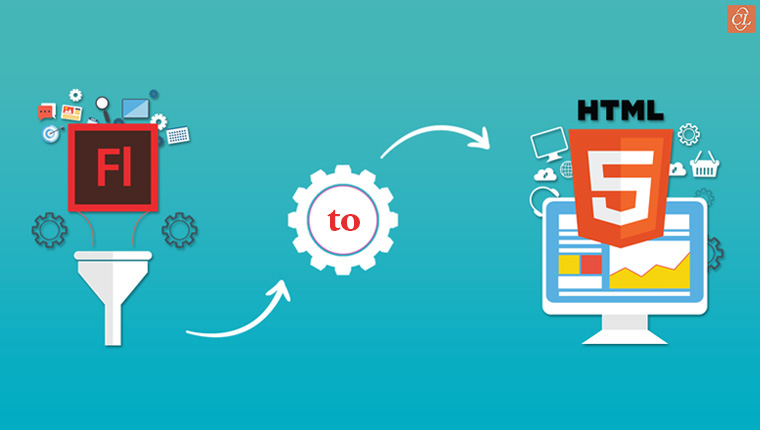HTML5 and eLearning – What is it all about?

It has been a little over a year since HTML5 was released. The objective of HTML5 was to support latest multimedia such as video, audio and scalable vector graphics on websites. Earlier, if you had to play video or audio on browser window, you needed plugins. This is no longer needed, if you use HTML5. Basically, it has detailed processing models, which makes it interoperable between devices and perhaps formats. That is why it is said to be ideal for cross platform mobile applications. What does this mean? It means that one source file can be read perfectly well, no matter what the device is – a smartphone, iPad or any of the latest browsers on PCs.
What has HTML5 got to do with eLearning?
Firstly, HTML5 language is easily understood by search engines and web browsers and the latest mobile devices. This works the same for LMSs, intranet or eLearning portals too. Therefore, we cannot afford to ignore this new language, if we want to communicate with these new browsers and devices.
Secondly, accessing learning is no longer confined to desktop computers. People today use a variety of devices to get their work done and learning is no different. Therefore, organizations need to make their courses compatible to a wide variety of devices and HTML5 helps them with it.
Thirdly, all the eLearning authoring tools today are making themselves compatible to HTML5. Either they are allowing their courses to be published into HTML5 or, are enabling the creation of the courses in HTML5. After all, they don’t want to alienate themselves from the growing number of mobile users. So, your choice of the authoring tool might be dependent on its ability to publish into HTML5.
Some facts that we need to keep in mind about HTML5
HTML5 is still an evolving tool. Here we will see what has HTML5 got to do with eLearning and Some facts that we need to keep in mind about HTML5.
1. Old browsers such as IE 7 & 8 cannot read HTML5 content. So, if some of your employees are still using those old browsers, you will need to decide between sticking to the traditional flash based courses or, upgrading browsers of your employees.
2. E-learning involves multimedia rich graphics that can be developed easily using Flash. There are no issues of browser compatibility or, limitations in terms of rich graphics and interactivities. If your course demands such elements, the extent HTML5 can support needs to be carefully evaluated, before a decision is taken. After all, you must keep in mind that HTML5 has been developed to make it easier for people to surf the net, without depending on plugins; using it for eLearning courses is just a byproduct.
3. You may not really required HTML5 in your eLearning courses, if you are not considering mLearning. If you are not interested in foraying into mLearning, you may really not bother yourself with HTML5 publishing, as it really does not have any relevance to you, at least in the immediate future. One can wait and see the power of HTML5 and the possibilities it opens up, once it has matured and stabilized as a standardized language.
CommLab India is organizing a webinar titled, “Migration from Flash Based Legacy Courses to HTML5 – 4 Best Tools” next month, which delves on this topic in greater detail. Do register for the webinar. If you have specific issues that you would like us to address during the webinar, please feel free to write to us and we will try and incorporate it into the webinar content.





